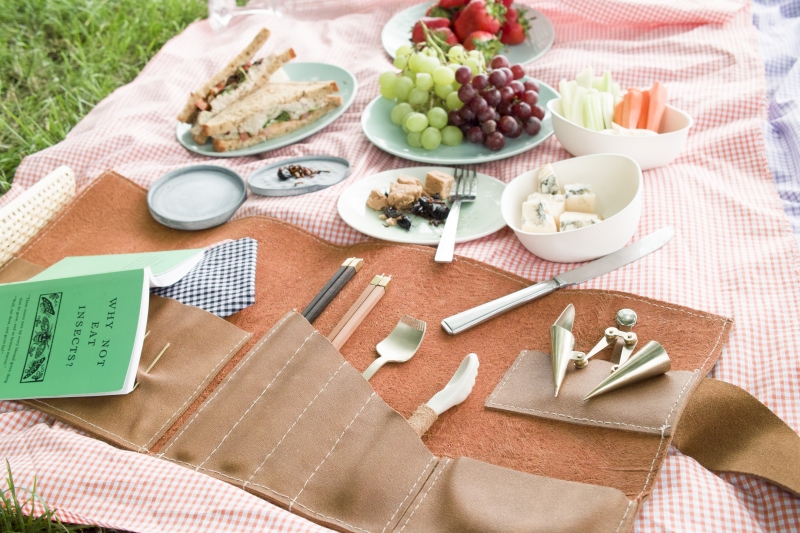Competition results of the Cutlery Design Challenge
13 September 2016

The art, craft and science of what we eat and how we eat it has engaged civilisations across the ages. Rituals, routines, manners and methods have been developed to ensure that the way we eat and the tools we use to eat with perform a huge range of functions; from preventing us contaminating our food with unwashed hands, to marking us out as from a particular social class.
In recent years, part of our research at the Institute of Making has involved investigating what materials themselves taste like, and how the materials from which cutlery is and could be made, affect our perception of food. Out of this research came a set of tasting spoons that have influenced designers, chefs, material scientists and psychologists alike. We have celebrated the potential of the objects we use to eat with to be something that can bring joy, delight, functionality and tastiness to a meal. For us, the spoon is just the beginning.
In order to explore this potential, we teamed up with the Worshipful Company of Cutlers, to celebrate their 600th anniversary, and run a competition to design and make a new implement, tool or device for eating. An exhibition will showcase some of the extraordinary, thought-provoking and beautiful things that were submitted.
Exhibition details:
When: Saturday 17th September
Where: The Worshipful Company of Cutlers, Cutlers’ Hall, Warwick Lane, London, EC4M 7BR
Time: 11am - 4pm
Winner
Wataru Kobayashi | BUGBUG
In 2050 it has been predicted that a large-scale food crisis will hit the world. This picnic cutlery set is for eating insects and acts as a tool for promoting insects as a meal.
Runner up

Cerys Alonso | THE LIFETIME OF A BEE
We often take natural resources for granted rather than celebrating the preciousness. This spoon is designed to highlight the value and natural endeavour of producing honey, holding just 1/12th of a teaspoon - the amount a single bee produces in its lifetime.
Runner up

Julie Mellor | THE LAST MORSEL
Witnessing intelligent animals such as chimps and crows using twigs to access hard to reach food, inspired these utensils as imagined early hominid tools. Hand forged and mono-cast in shapes from nature, carefully selected to reach the elusive corners of jars.
To see the other entries come along to the exhibition.